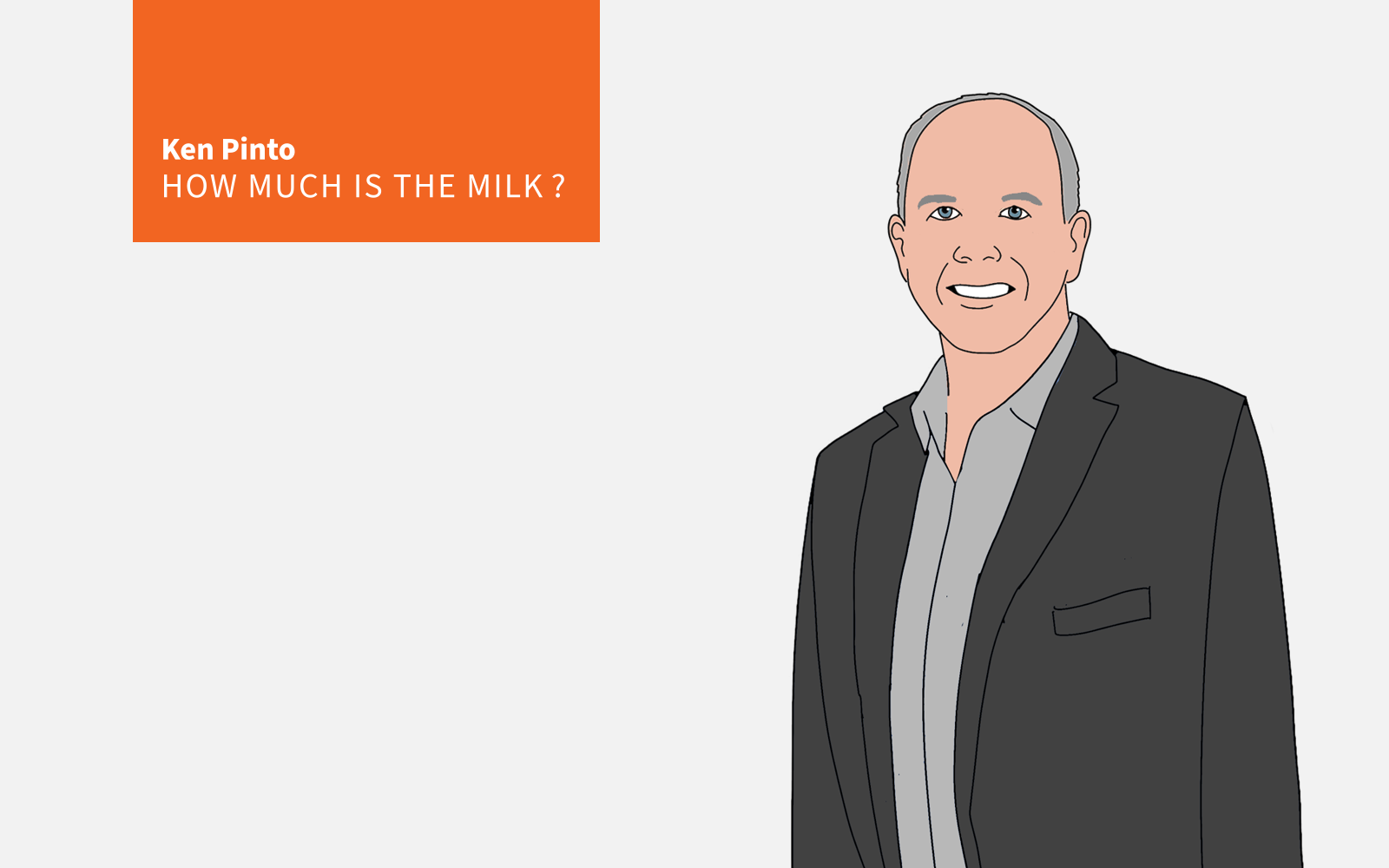Building Tech & Products
Tap The Power Of Unit-Pricing, The Better Path To Cost Control
Here's how 'you can only manage what you can measure" applies in the highly complex, disruption-riddled world of 400 SKUs, 30 different processes, and 18,000 or so separate pieces in a 2,200 square-foot new home.

[Editor's Note: A Wall Street Journal piece yesterday by Lydia O'Neal opens this way ...
Shortages of key construction materials are forcing some builders and contractors to turn to substitutes and hunt for alternative suppliers as they rush to meet high demand for new housing.
... So, we're especially grateful that The Builder's Daily can host an ongoing Supply Chain MasterClass series from Ken Pinto, author of the soon-available book, "How Much Is The Milk? Uncovering Your Greatest Cost Savings in Residential Construction by Listening to Your Suppliers." Here's the second installment in Ken's timely and topical series.]
Question: Do you control costs? Or do they control you?
Not quite 20 years ago, a homebuilder I worked for raised new home prices by 32% over an 18-month time span. During that same period – 2003 and 2004 -- net profits at the company increased by 4%.
Where did all the money go?
The housing market that year accelerated at record pace. Installers and suppliers struggled to keep up. Demand on labor and materials drove prices up faster than we could get a handle on what was happening.
Sound familiar?
At the time, the threat of not getting our houses built was greater than the risk of prices going up. After all, we were raising home prices at an unprecedented rate too. We were pretty sure that we were staying ahead of cost increases, growing our profit margins.
At the end of the day, though, as we counted up the chips, we were stunned. We had amassed fewer than we'd thought, and far fewer than we felt we deserved.
Our past methods to control costs were to re-bid. That meant getting the incumbent subcontractor or supplier to lower their prices, or we'd find someone else with a lower price.
It turned out, they all had more work than they knew what to do with and if it meant losing one once in a while it didn’t bother them. It bothered us. We needed lower prices and adequate labor and materials.
To get a better grip on the situation, we began to convert our lump-sum contracts to unit-price contracts. To our surprise, that’s all we had to do. Suppliers volunteered lower pricing when we made the transition to unit pricing, and once we saw our unit pricing, we discovered new opportunities for improvement.
A Use-Case
In one home building division, where the division president had been controller in a former role, cost control was a specialty, a point of pride. He reflexively considered my proposal to convert lump-sum pricing to unit pricing futile. Still, he reluctantly allowed me to try it out, in only one category.
I chose drywall.
What happened next? After a few days of hard work with the materials and trade subcontractors, we reduced his division's drywall costs by $1,200 per house.
Why hadn't executives – ones whose track-records were all about cost tactics – realized they were paying $1,200 too much?
When you dig in and do the work to gain visibility into unit pricing of materials and labor, you're making a clear path to compare and to benchmark prices. In this case, the cost reduction opportunity became obvious – we had been paying higher-than-market prices for labor and materials.
I expect you will gain an advantage when you have visibility to the unit price of all your labor and materials, but that is not where it ends. This is where it all begins. Unit pricing is a prerequisite for each of the supply chain management strategies presented in following TBD Supply Chain MasterClass installments.
It’s your supply chain foundation.
Work together with your subcontractors to convert lump-sum contracts into unit-price contracts. The journey to lower costs will begin then.
[ICYMI] If you missed the first installment of this series, here's the link.
Join the conversation
MORE IN Building Tech & Products
Lennar, ICON Plan 100 3D-Printed Homes, Co-Designed By BIG-Bjarke Ingels Group
Lennar's move to team with ICON's 3-D construction technology in 2022 marks an inflection point for homebuilding's rapidly-consolidating business and investment model. Here's how this is a consumer strategy in disguise.
The Innovator's Journal: The Journey Of A Housing Start-Up
This is the first in five-part series from award-winning engineer Candice Delamarre, who with four Stanford University colleagues, created Kit Switch, a novel idea to convert unused offices into homes. Here's how.
Notes On A Fall Weekend For Homebuilders In 21's Home Stretch
What do the 'dynamics' of housing, the economy, policy, the pandemic, and social upheaval challenge building's leaders to do as 2021 leads to next year?
